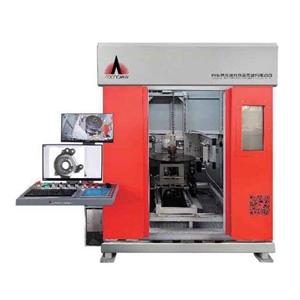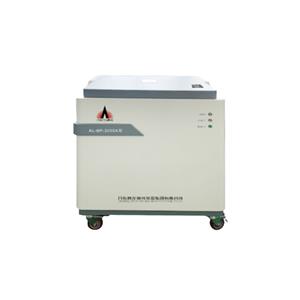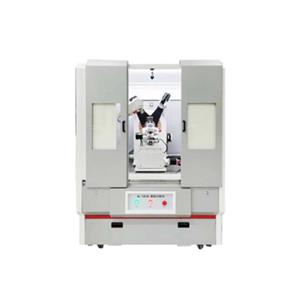The rapid development of lithium-ion CT testing equipment
The commonly used X-Ray testing equipment (or CT testing equipment) in the field of lithium battery manufacturing detects the overhang of the battery (including the overhang of the diaphragm positive pole, diaphragm negative pole, and positive pole negative pole) and the alignment of the battery (including the alignment of the diaphragm, positive pole, and negative pole). In addition, it can also detect internal defects such as pole wrinkling, incorrect number of pole pieces, welding quality, poor battery shell size, adhesive area, and foreign object inclusions. Among them, overlap and alignment are necessary testing items for lithium battery manufacturing. The guarantee and improvement of lithium battery manufacturing rate cannot be separated from the continuous improvement of testing technology and equipment.
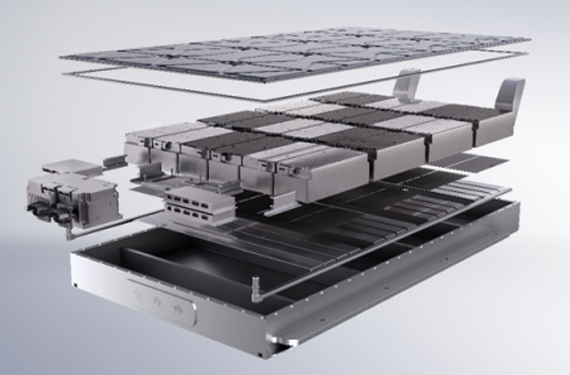
The X-ray two-dimensional detection technology has certain limitations in detecting deep and multi-dimensional environments, while CT equipment has more detection advantages in multi scene and multi-level conditions. In some application scenarios, such as detecting the alignment of stacked batteries, CT detection is the future development trend. CT detection mainly presents a three-dimensional image of the battery interior through X-ray tomography technology, including the three-dimensional structure, interface shape, defect location, etc. inside the battery. Compared with two-dimensional X-ray detection, it can present richer information content, making it more suitable for multi-level, multi angle, and deep level fine detection of batteries.
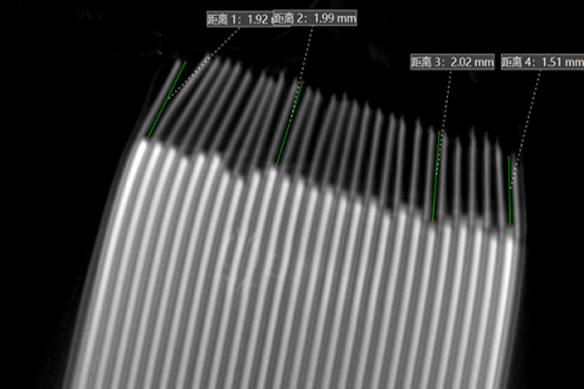
Lithium battery CT testing equipment is gradually shifting from offline sampling to online full inspection, and will be replaced by technological iteration and domestic dual wheel drive.
Compared with offline CT, online CT can provide real-time detection data collection and second level scanning efficiency detection solutions, and the research and development layout of domestic lithium battery online CT detection equipment is constantly accelerating.
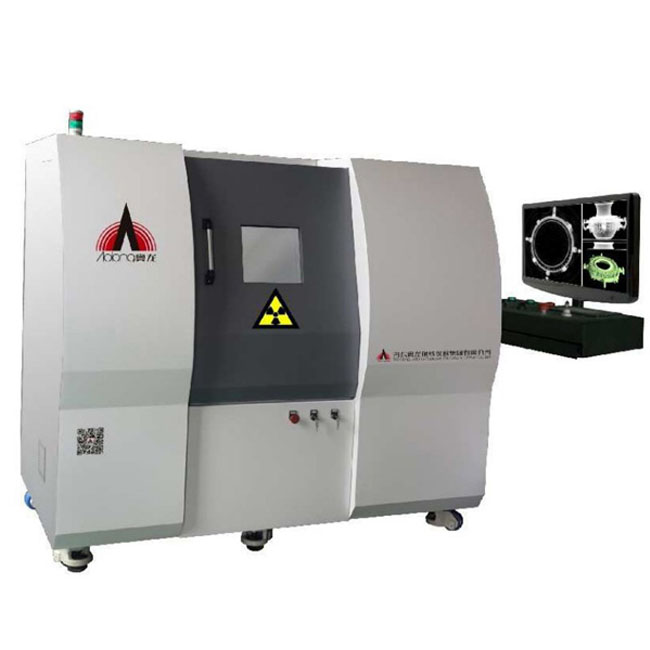
The lithium battery production line requires the use of various types of X-ray testing equipment, including standard and non-standard ones. Aolong Ray has the advantage of meeting downstream technical needs and supporting services. The retail price of offline CT devices from overseas manufacturers is 2-3 times that of similar domestic products, which is difficult to meet the demand of domestic battery manufacturers to reduce manufacturing costs. At the same time, as a leading domestic X-ray enterprise, Aolong Ray has achieved dual support in independent research and development and domestic substitution, ensuring the supply of core components and software for online CT testing. The overall performance of the machine is superior and the market competitiveness is strong.

